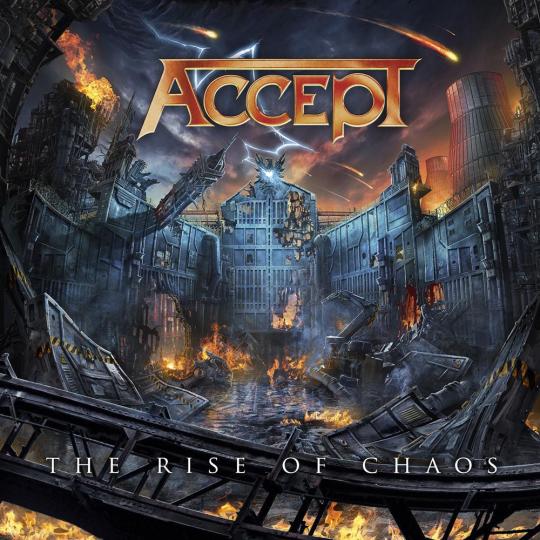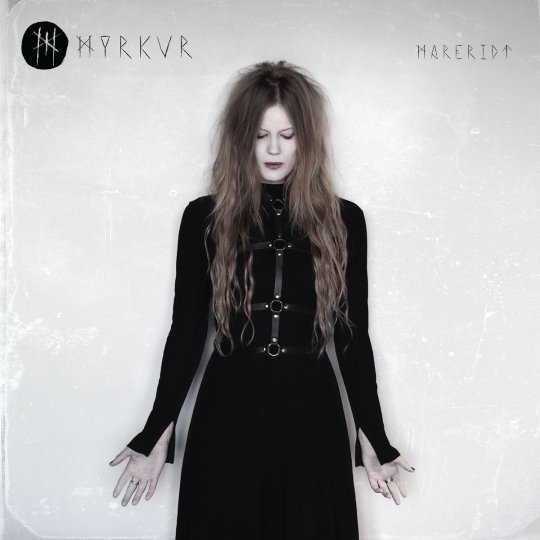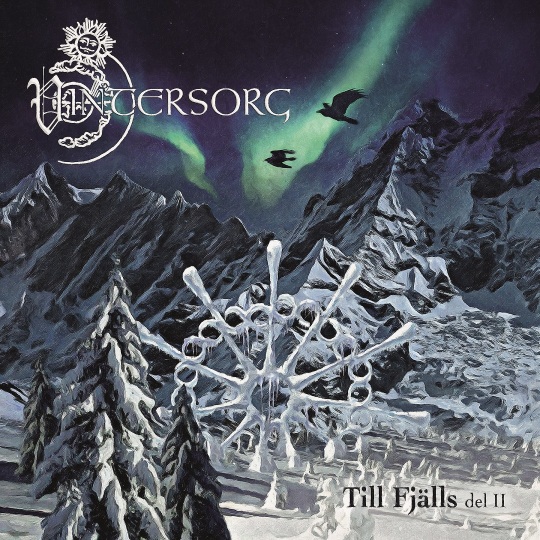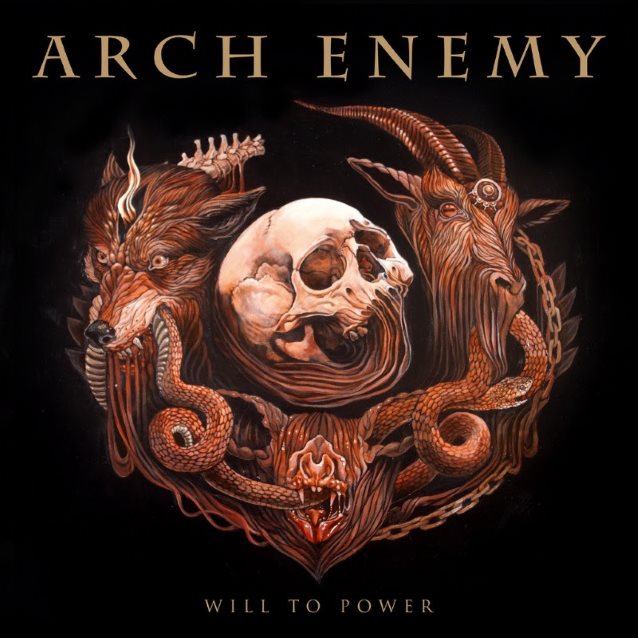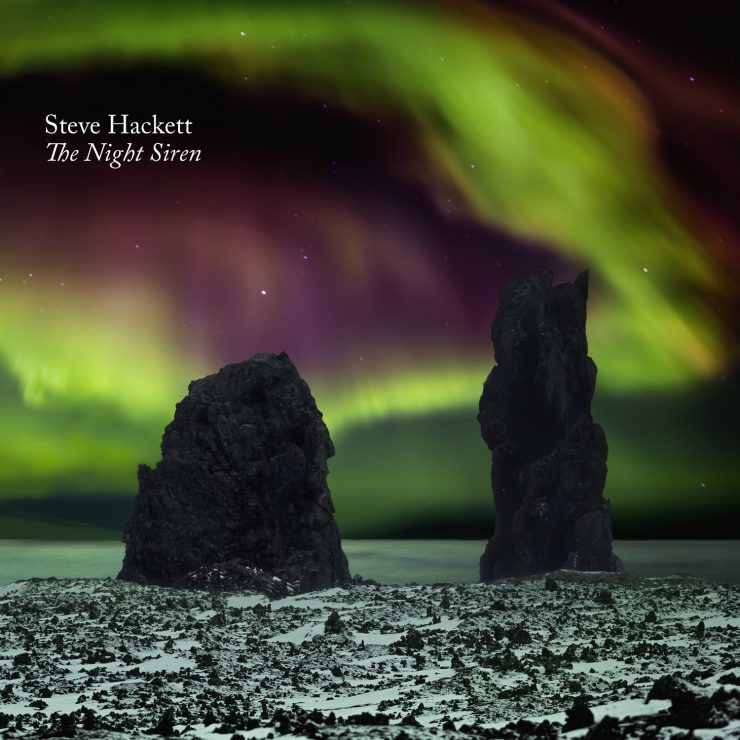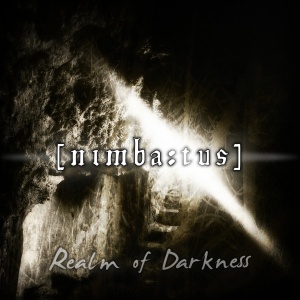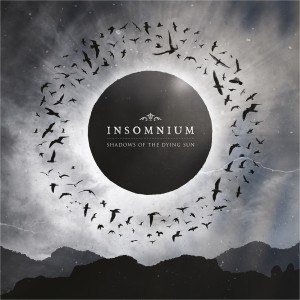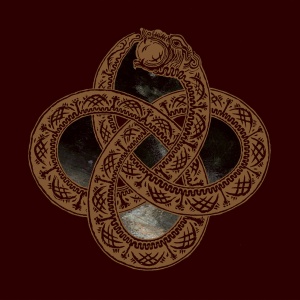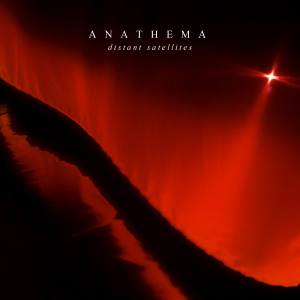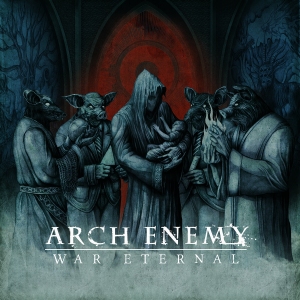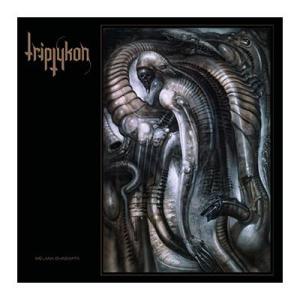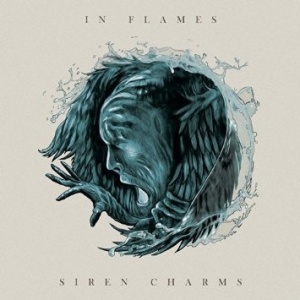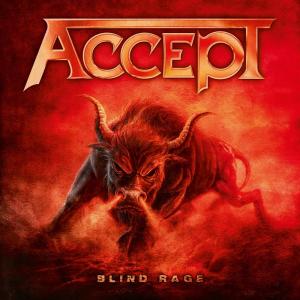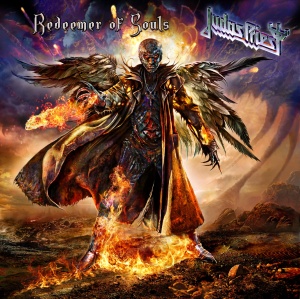My Albums of 2017
While working on a blog post about my top 20 albums of 2018, I realised to my horror that I hadn’t published my previous blog post detailing my top 20 albums of 2017. So, not before time, here it is. Better late than never. My top 20 of 2018 will follow soon.
1. Nimbatus – The Invisible Lake
This isn’t the first Nimbatus album to top one of my album-of-the-year lists. The Invisible Lake is in the same vein as previous releases: instrumental metal with complex song structures, gorgeous guitar tone, superbly crafted melodies and emotion in spades. The production quality is astonishing, with each instrument distinguishable in perfect clarity. As with past Nimbatus material, the entire project is the work of one man. Heavy-metal genius.
Favourite track: Afterglow – aspiring metal guitarists should listen to the solo many times, then file under ‘How It’s Done’.
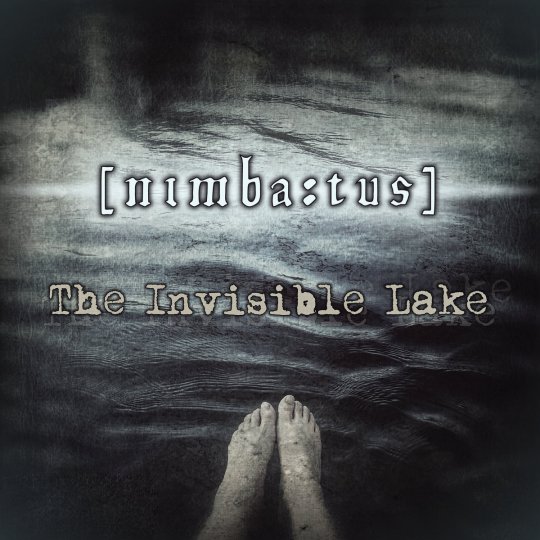
2. Ghost Bath – Starmourner
They’re still not Chinese. Ghost Bath’s Moonlover was my equal-top album of 2015. Its successor, Starmourner, is even better. The style hasn’t changed. It’s still sublime guitar melodies underpinned by artillery drumming and vocals that sound like wailed laments of the damned. What gives this such emotional impact is the counterpoint between tuneful melodies and feral vocals. Starmourner is a work of supreme confidence musically, lyrically and thematically. There isn’t a weak moment, and the highs are transcendent.
Favourite track: Celestial.
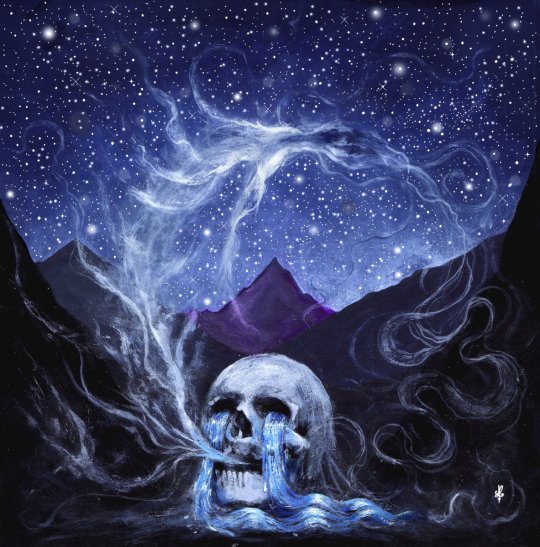
3. Wolfheart – Tyhjyys
Epic soundscapes from the frozen north. Wolfheart’s Shadow World was an epiphany in 2015, with the band realising the potential shown on its debut, Winterborn. This third Wolfheart release secures their place among Finland’s melodic-death-metal icons alongside Amorphis, Swallow the Sun, Wintersun, Omnium Gatherum, and Insomnium. It’s rich in atmospherics, with doomy leanings, keyboards and string-section arrangements more prevalent than on previous releases. A dark, heavy and hauntingly beautiful slice of ice-cold melodeath.
Favourite track: Boneyard.
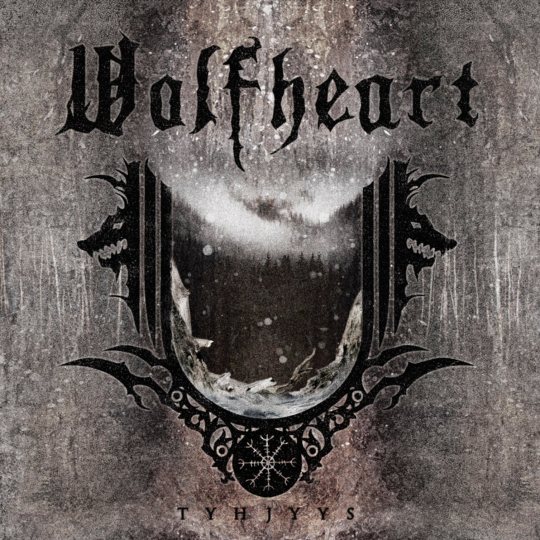
4. Kreator – Gods of Violence
You know what you’re getting with Kreator: the best thrash band ever, bar none. Mille Petrozza and his cohorts are always on form. Accomplished songwriters, they deliver their unique brand of sound with stunning intensity. Gods of Violence is another slab of molten metal from the German masters. It had a lot to live up to, following 2012’s Phantom Antichrist (not only my favourite Kreator album, but one of my favourite albums, period). GoV is more straight-ahead, uncompromising thrash than Phantom Antichrist, which was experimental in tempo, melody and song structure. This is a return to pure thrash roots, and a powerful one at that. It doesn’t top Phantom Antichrist but it’s still a spring-clean to the soul, refreshing parts other thrash bands can’t quite reach.
Favourite track: for a while it was Army of Storms (which sounds much like the Phantom Antichrist material), but after repeated listens it’d have to be the title track, Gods of Violence, for the sheer intensity of its delivery.
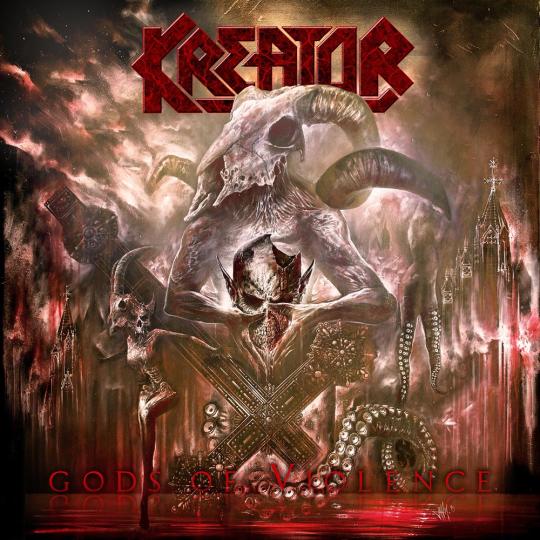
5. Cloven Hoof – Who Mourns for the Morning Star?
Born as part of the NWoBHM movement in the late ’70s, Cloven Hoof emerged from Wolverhampton, just along the road from the birthplace of metal (Birmingham, England: home of Black Sabbath and Judas Priest). This connection has never been more evident than on Who Mourns for the Morning Star? It sounds a lot like Judas Priest circa Painkiller. There’s nothing wrong with that, especially when the songwriting is of this calibre. There’s no pretentiousness here – just no-nonsense metal. I rate Cloven Hoof’s material all the way back to their mysterious early demos. This is their finest release yet.
Favourite track: Song of Orpheus.
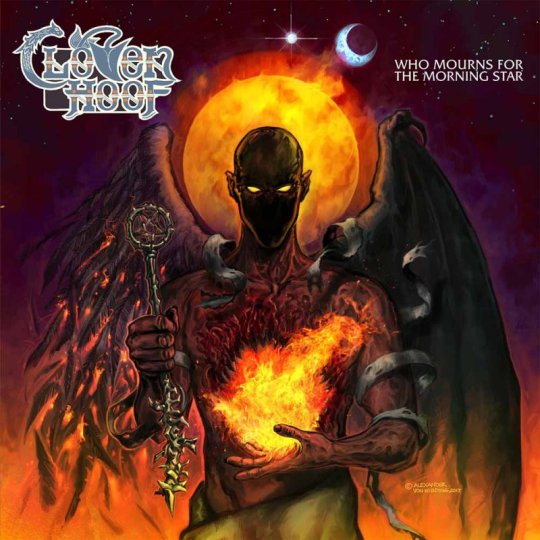
6. Fen – Winter
Their mission statement says, “…inspired by the windswept, desolate landscape of England’s Fen region, the band set out to fuse the cold rage of Black Metal with more reflective influences, creating a deeply intense and atmospheric sound which speaks of loss and melancholic yearning.” Couldn’t have put it better myself. Job done.
Favourite track: Winter II (Penance).
7. Ereb Altor – Ulvfen
Atmospheric black metal that owes a debt to the legendary Bathory. I’m a recent convert to the Ereb Altor cause, having been made aware of them by a friend in Germany who reckoned they’d be just my cup o’ tea. He was right. Ulfven is as Viking as shield maidens and dragon-headed longboats. Glorious.
Favourite track: En Synd Svart Som Sot.
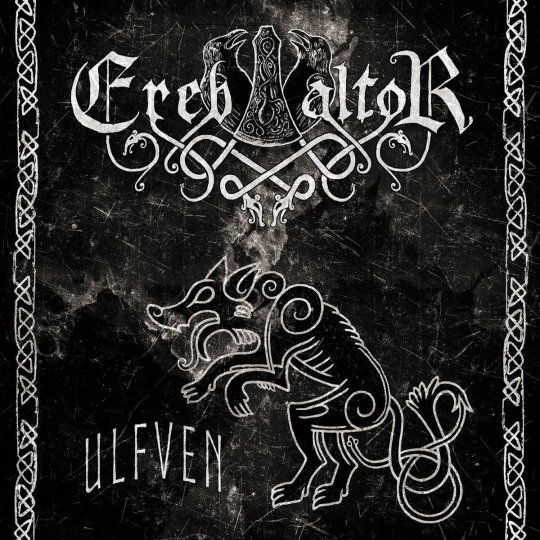
8. Anathema – The Optimist
Few bands have undergone such radical musical transformations as Anathema. I remember listening to the I Am the Bloody Earth EP when it came out in the ’90s and realising there was something special about this band. Back then they were playing doom metal in the British vein of the time (My Dying Bride, Paradise Lost), but as the musicians in Anathema grew up their music grew up too. It matured and widened its horizons, leaving behind all notions of genre or scene. For over a decade now the band’s new releases have been called prog rock, but that doesn’t tell the full story. There are prog elements but the overall sound is too big, too expansive and too rich for the prog term to do it justice. The turning point for Anathema, that moment when they left metal behind and transcended into a new realm, was We’re Here Because We’re Here in 2010. That album was a milestone in their musical evolution. It’s no exaggeration to say that each release since then has been another masterpiece in its own right. On this album female vocals have largely taken over from male ones. Piano is there in force too. And like all Anathema albums, The Optimist is dripping with emotion.
Favourite track: The Optimist.
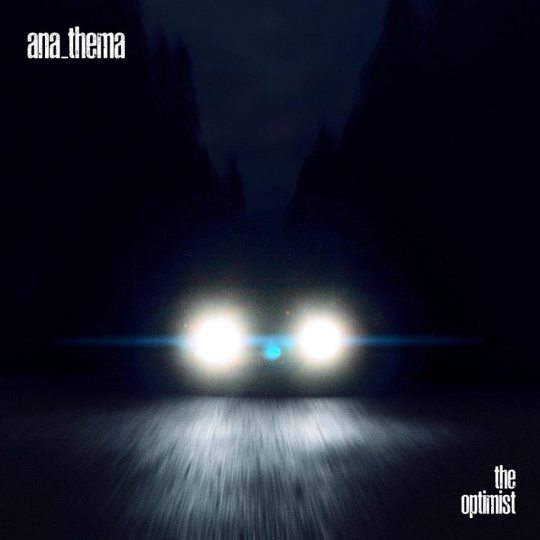
9. Sólstafir – Berdreyminn
Icelandic metal that sounds like a heavied-up version of Danish legends D.A.D. in all but the vocals. Sólstafir has that same metal ‘n’ roll cowboy sound, but the lyrical themes are more profound and the vocal delivery more intense. This works beautifully. I liked their earlier albums but I love this one. The tone of the guitars is sublime – at times Chris Isaakesque – while the bottom-heavy bass gives the soundscapes serious depth.
Favourite track: Silfur-Refur.
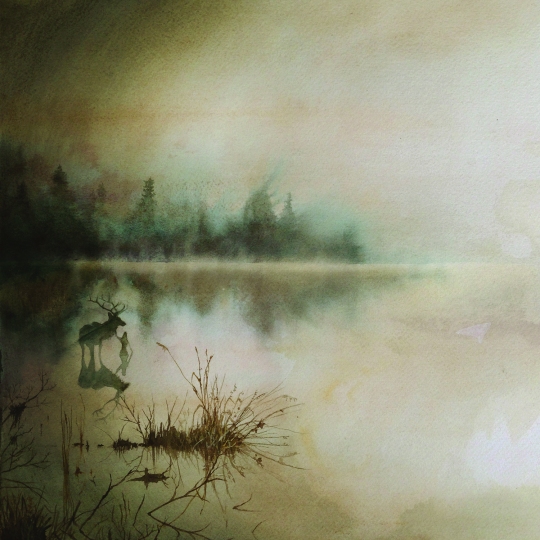
10. Myrkur – Mareridt
Amelie Bruun’s black-metal-meets-Clannad-at-the-edge-of-a-misty-lake-in-the-forest-at-night project Myrkur piqued my interest with their demo a few years ago. This, the band’s second full-length album, continues in much the same musical vein. It’s heavily influenced by Wardruna (a good thing) and less obviously by Bathory (also a good thing). There’s atmosphere in spades, with Bruun’s voice haunting throughout.
Favourite track: Crown.
11. Vintersorg – Till Fjälls del II
Till Fjälls is one of my all-time favourite albums and one of the most influential Viking metal albums ever recorded. It’s perfect in every detail. Even the title, Till Fjälls – To the Mountains – fits the music perfectly. I always worry when a sequel to such an album is planned. One can’t improve upon perfection, and more often than not an immaculate legacy is somewhat tainted in the attempt. Examples – Queensrӱche’s Operation: Mindcrime, where Part II wasn’t fit to shine the shoes of the original, and Helloween’s The Keeper of the Seven Keys, where the sequel was quite tasty but lacked the inspiration and beautiful darkness of the first. Some legacies should be left alone. Till Fjälls del II – like Queensrӱche’s Operation: Mindcrime II – came several albums and a couple of decades after the first incarnation. That’s as far as the comparison goes, though. TFdII‘s songs are loaded with cold northern atmosphere and the track titles/lyrics are as deep and dark as one would expect from these uncompromising Swedes (thank feck for Google translate), yet there are no tracks here that resonate in my soul quite the way Till Fjälls does. A barnstormer of an album nonetheless.
Favourite track: Lavin (which translates as avalanche) – a masterclass in atmospherics. Its delicate intro lulls listeners into relaxation before pummelling them with relentless riffage. The effect is like being hit in the face by a mountain…and enjoying it.
12. Peter Bjärgö – Animus Retinentia
He’s been involved in many musical projects across a diverse array of styles, from extreme metal to dark ambient soundscapes. Originally Peter Pettersson, he changed his surname upon marrying Cecilia Bjärgö in 2003. Who said romance was dead? Anyway, to the music. This, Peter’s fourth solo album, is a moving piece of work. The music has an otherworldly dreamlike quality and more than a hint of the minimalism that makes Ludovico Einaudi such a genius. It could be the soundtrack to one of those dreams in which everything’s eerily beautiful yet there’s an ominous atmosphere. This music touches the soul. Haunting, beautiful, captivating, immersive.
Favourite track: You Let the Light Shine Through.
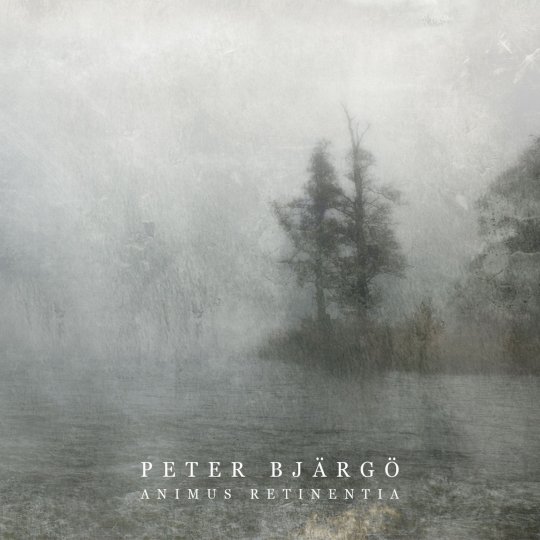
13. Thor – Beyond the Pain Barrier
Jon Mikl Thor has been one of my favourite fixtures in the heavy-metal pantheon since I heard Let the Blood Run Red as a kid, after which I ran straight out and bought the 12″ single in blood-red vinyl. That was a good time to discover the Canadian-born Viking Thor, for he was like a real-life cartoon character – metal’s own living He-Man doll. Unlike fellow real-life metal cartoon characters KISS and Manowar, Thor didn’t need makeup, shoulder pads or huge lighting displays to make an impact. He didn’t even need clothes. Having competed in bodybuilding and won many titles, he just added instruments to his posing routine, wandered onstage in his skimpy posing pouch sporting a comic-book-hero physique, then proceeded to dish out well-crafted metal with big hooks and catchy choruses. Instead of a drum solo at his gigs, he would blow into a hot-water bottle until it expanded like a balloon and exploded. That takes serious lung power. But what of Thor in the present day? Well, he’s been through some rough times. He was advised by his doctor to cancel a world tour. The doctor thought Thor’s heart might pack in under that kind of stress (Thor was on heavy medication – the only kind he would ever take). But being metal’s own living He-Man doll, he ignored that advice and set out on the tour, recording footage across the world and releasing it as a documentary. As I sat in my living room watching that film, which was both heartbreaking and life-affirming, I was surprised to hear a voice I know well. Sure enough there was my Greek friend Dimitrios (who translated my novel Metallic Dreams into Greek – a version that will soon be released) backstage with Thor in some remote part of eastern Europe, plastered drunk and shouting like a lunatic. I sent Dimitrios a message saying I’d just seen him in the Thor documentary. He replied, “Where was I?” I answered, “Croatia or Albania or the Czech Republic or somewhere around there. You were blazing drunk.” Dimitrios said, “I don’t even remember that. I was really drunk for a couple of weeks around that time.” That may sound surreal but it’s just another day in the life of my Greek friend, who thinks nothing of flying to the other side of the world to sign a metal act to his label, or just to see a favourite artist playing live. Anyway, back to this latest Thor release. He’s still doing what he does best – crafting anthemic metal in the classic style and delivering it with his trademark machismo. Archetypal stuff. He’s one of the wonders of the world.
Favourite track: Galactic Sun – a glorious mix of Skids’ punk attitude, Saigon Kick’s psychedelic harmonies and AC/DC’s riffage blended with the usual Thor blueprint (Judas Priest meets Manowar meets Black Sabbath in Asgard).
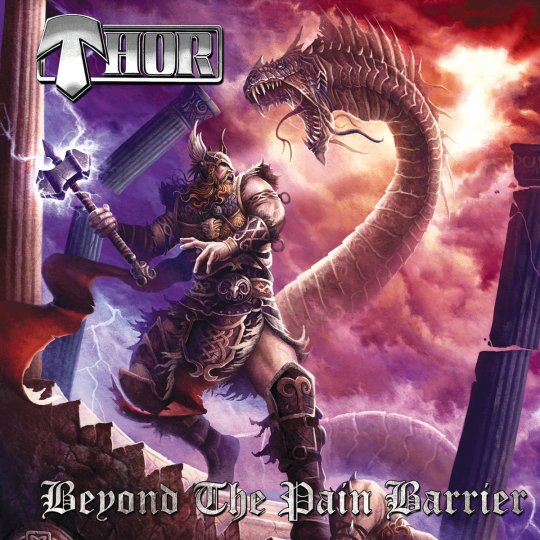
14. Shade Empire – Poetry of the Ill-Minded
Another impressive outfit from metal’s main breeding ground, Finland. The band is usually categorised as melodic death metal, but Shade Empire is also heavily influenced by the Gothenburg sound popularised by In Flames, Soilwork, and At the Gates.
Favourite track: Anti-Life Saviour – the album’s standout track, an epic with sweeping twists and turns, impressive atmospherics and a sublime melodic interlude à la Queensrӱche.
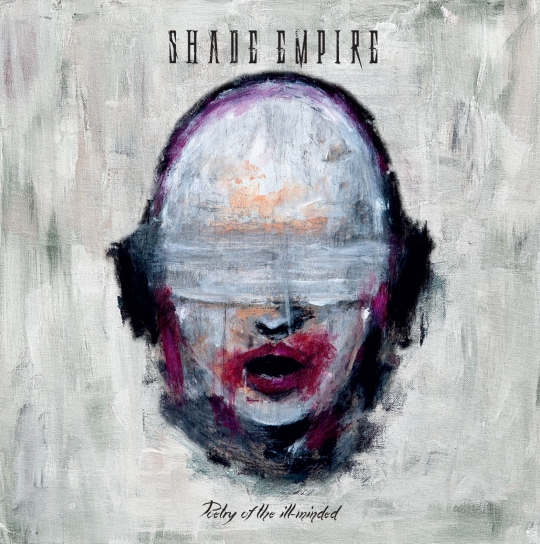
15. Bell Witch – Mirror Reaper
Mirror Reaper deserves to be in the year’s top 10 for its cover art alone. That didn’t bias my opinion of the music, though. The artwork is a welcome bonus in an era when most bands put little effort into covers (a trend that began when CDs emerged). I miss the days when vinyl reigned supreme, because back then most heavy bands, especially those in the metal and prog-rock genres, deemed cover art as important as the music it accompanied. The art was an integral part of the image. This third Bell Witch release is a natural evolution of their epic and eerie doom-metal sound. Mirror Reaper is a double album, yet it contains only one track split into two parts. An ambitious endeavour that works due to the nature of the music, which changes mood and texture as it progresses, forming vast soundscapes that take the listener on a hypnotic journey into Bell Witch’s deep, dark world. Appropriately, the track Mirror Reaper‘s two sections are titled As Above and So Below. Crushingly heavy passages co-exist side by side with delicate, mournful guitar refrains, huge drum sounds and occasional vocals – sometimes choral-style laments, other times low doomy growls. No detail sounds out of place. This isn’t the result of two numbskulls churning out random noise and hoping for the best. It’s the sound of two true artistes weaving sonic tapestries that are magnetically attractive to anyone with metal in their soul.
Favourite track: I’ll give you one guess.
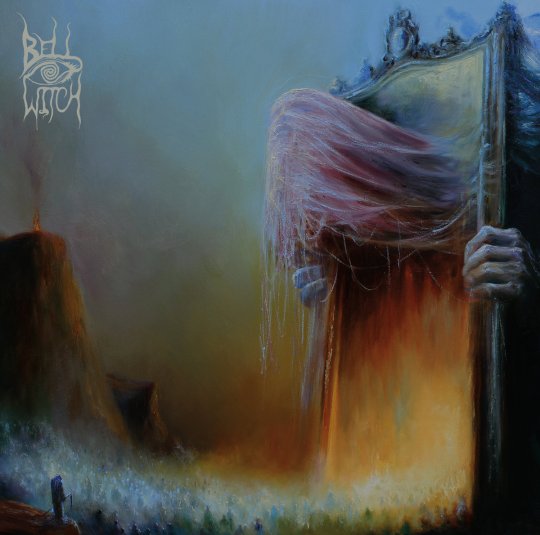
16. Paradise Lost – Medusa
One of the most consistently impressive bands on the planet (they’ve topped my album-of-the-year lists twice), Paradise Lost has a relentless work ethic. Like only a few other outfits (most notably the much-missed Type O Negative), PL has a knack for crafting metal that’s stunningly heavy and ultra melodic. Not an easy thing to do, yet they make it sound easy. Medusa is the heaviest album the band has released in over a decade. Its predecessor The Plague Within revisited the heaviness of the band’s doomy roots at points. Medusa is heavier still, yet it retains the melodic sensibilities of their lighter albums such as Symbol of Life.
Favourite track: Blood & Chaos.
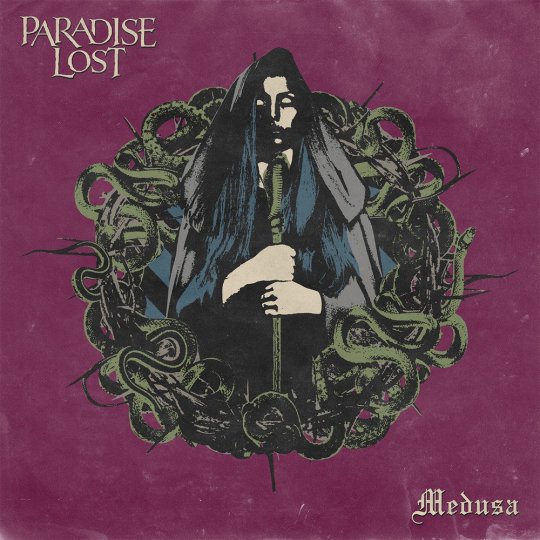
17. Arch Enemy – Will to Power
I feared that the departure of Angela Gossow as Arch Enemy vocalist might spell downfall for the band. I needn’t have worried. Alissa White-Gluz has filled Angela’s slot perfectly (I’m speaking figuratively, ya perverts – get your minds out of the gutter…and the gusset). This, the second post-Gossow Arch Enemy studio album, sees the band on fine form, although following a more generic, less brutal path than on their previous recording, War Eternal. Michael Amott’s guitar work is astonishing, as always. His riffage drives things along, veering off into jaw-dropping fretboard flourishes at regular points along the way.
Favourite track: My Shadow and I – strongest track on the album by a country mile…melodeath done right.
18. Samael – Hegemony
Thirty years into Samael’s career the Swiss legends are as strong as ever, their sound instantly recognisable. They are pioneers, not followers. Often classified as industrial metal or black metal or a combination of the two, there’s more to the band than that. For starters, there are symphonic elements – not overblown theatrical symphonics, but tasteful accompaniment that enhances the songs. Secondly, the sound is anything but lo-fi. The sonic quality is spectacular. Having studied ‘Sport as a Tool of Hegemonic Control’ as part of my undergraduate degree, I understand that the album’s subject matter is a reality rather than some flight of fancy brought about by exposure to conspiracy theories. Vorph’s vocals are fantastic throughout. His familiar deep guttural growl has influenced so many fellow Swiss bands – Swamp Terrorists and Eluveitie, most obviously – as well as others across the globe. As I said, pioneers.
Favourite track: Hegemony – quintessential Samael.
19. Steve Hackett – The Night Siren
Like all Hackett releases, this is a quality slice of music loaded with tasteful guitar work and distinctive vocals. Of all the ex-Genesis members, Hackett has been the most exploratory in terms of musical styles. He is also a relentless workaholic, recording and touring year upon year, decade after decade. As a result, he is always match fit. The Night Siren is evidence of this. Steve flits between musical styles with ease, from neo-classical flourishes to baroque ‘n’ roll rhythms and heavier interludes, all underpinned by finely tuned proggy sensibilities.
Favourite track: The Gift – one of the most poignant instrumentals I’ve ever heard. Beautiful tone, beautiful execution…just beautiful.
20. Accept – The Rise of Chaos
Accept has always been close to my heart, ever since I heard Princess of the Dawn as a 10-year-old and stood in open-mouthed awe as shivers ran down my spine. The combination of skilled songwriting, excellent execution and a touch of exoticism made for an utterly addictive whole. That Accept line-up – Udo Dirkschneider, Wolf Hoffman, Peter Baltes and Stefan Kaufmann – remains my favourite of the band’s incarnations. Wolf and Peter are still present, which allows the band to retain its archetypal sound. Mark Tornillo has been doing a pristine job on vocals for a few years. It can’t be easy replacing a vocalist who at times sounded like he was shouting abuse while at the same time trying with all his might to squeeze out a particularly stubborn shit, but Tornillo has done so with aplomb. The Rise of Chaos doesn’t break new ground. It’s Accept doing what Accept does best – anthems with huge hooks, singalong choruses and riffage that could strip wallpaper.
Favourite track: Koolaid.
